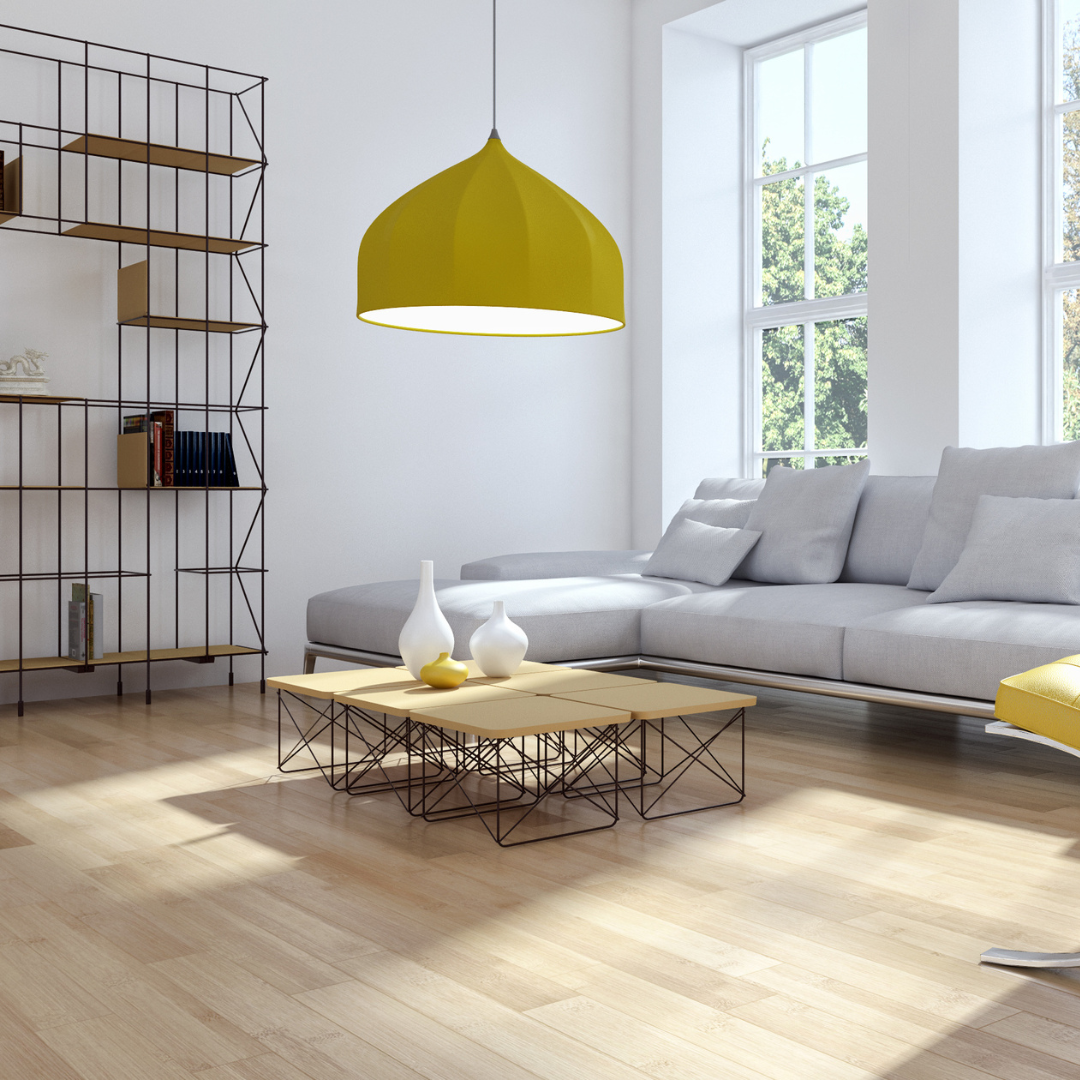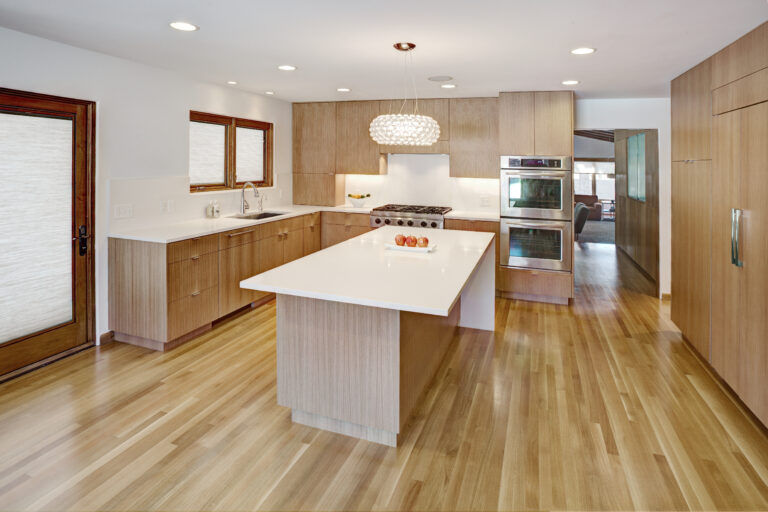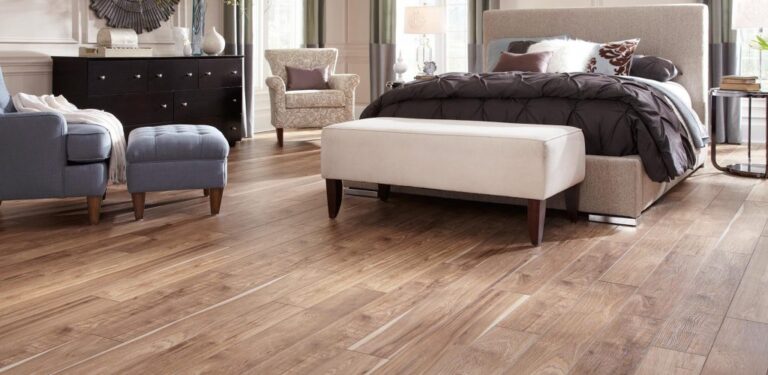Plenty of floors are lined with a neutral domestic species of hardwood: a red oak that gives a slight pinkish tint to an overall tan facade, or white oak or maple, each with a versatile tan or light brown color. Floors, whether you realize it or not, enliven a room beyond decor, and one of the first steps to giving your space a new character is opting for new hardwood. But, rather than going to the extreme of, say, an exotic species, stick in the domestic realm while opting for a bolder hardwood.
Exotic Walnut flooring is one such hardwood. In basic form, walnut hardwood is all about contrasts: a deep, almost purplish-brown heartwood juxtaposed with white or light tan sapwood. However, the contrast can detract from space’s overall atmosphere, and rather than complement, it turns into the focal point. As a result, higher grades of exotic walnut flooring have an evenly dark appearance. Rather than hardwoods with too much heartwood selected by manufacturers, lumber is steamed, causing the heartwood’s color to bleed into the sapwood. This way, homeowners have a choice of fully dark or contrasting hardwood.
On a common level, walnut can cover a full floor. Contrasts give it an eclectic appearance, while the even dark color gives the floor and overall space a modern and distinct yet formal atmosphere. In this regards, walnut flooring is available unfinished or prefinished and solid or engineered. Knowing your needs and home’s qualities are the determining factors. Below grade spaces, for instance, are better served by engineering. Those looking to cover a large area with new hardwood, as opposed to a single room, find prefinished walnut matches their needs.

Hardwood Flooring Milton, Hardwood Flooring Oakville, Hardwood Flooring Orangeville, Hardwood Flooring Richmond Hill, Hardwood Flooring Barrie
Not everyone wants a bold floor, however, and walnut, in some cases, is added for embellishment, highlighting lighter domestic species, installed as a border, or incorporated as another type of inlay.
In redesigning, on the other hand, installation is another significant factor. Are you planning to do the project yourself, or do you have a professional install it? Lock flooring is often straightforward enough for most homeowners, but standard solid and engineered hardwoods involve more skills. Walnut, with moderate density, presents no installation issues, being able to be machined, sanded, and finished without difficulties.
If you decide to finish your floor, keep in mind the color used. Although unfinished walnut flooring presents several possibilities, too dark colors obscure the contrast of the heartwood and sapwood. To preserve this facet, clear varnish or light-colored stain is recommended.
Although exotic species are growing in popularity, domestic hardwoods are frequently the go-to source for flooring. However, the distinct, bold, and contrasting look of Brazilian cherry or tiger-wood often makes oak or maple pale – literally – in comparison. Is there a middle ground, one in which the flooring still has a bold appearance but also the familiarity domestic species offer? Sure there is – it’s walnut flooring.
In its natural state, walnut flooring is characterized by dark, almost purplish-brown heartwood and white or tan sapwood, creating a striking appearance that becomes the visual draw of any room. On the other hand, the contrast can be too distinctive, in some cases, and homeowners may opt for an even look. For achieving this, walnut lumber is steamed.
That’s not to say a homeowner can’t get contrasts. Rather, evenness characterizes the higher grades of walnut flooring, while the distinction between the heartwood and sapwood is present in lower grades.
Hardwood Flooring Brampton, Hardwood Flooring Toronto, Hardwood Flooring Mississauga, Hardwood Flooring Burlington, Hardwood Flooring Markham
[vc_row fullwidth=”false”][vc_column width=”1/1″][mk_blog_carousel view_all=”*” count=”10″ enable_excerpt=”false” offset=”0″ order=”ASC” orderby=”menu_order”][/vc_column][/vc_row]





